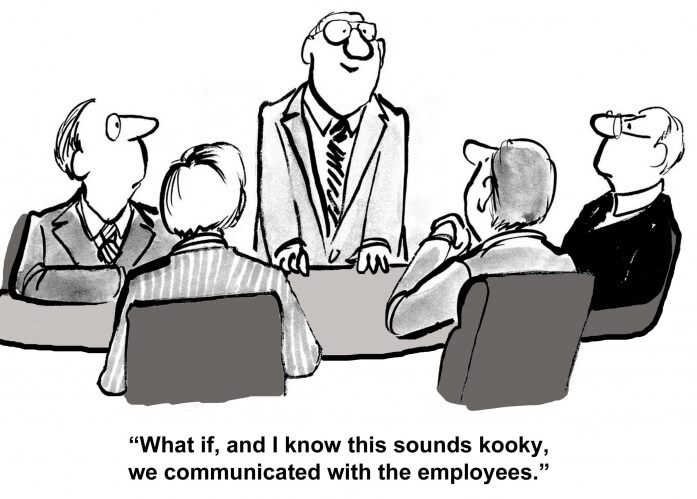How to Use DISC Assessments to Appropriately Customize Workplace Communication

DISC assessments were developed based on psychologist William Moulton Marston’s theory about behavioral traits. Since Marston’s original findings were published in 1928 they have been further developed by Walter Vernon Clarke, an industrial psychologist, and a DISC behavioral assessment tool for the workplace was created by John Geier. This tool can help you and your employees learn more about personality styles, paving the way toward improved communication. Read on to learn more about the different DISC assessment styles and communication practices that work with each.
The DISC Assessment Styles
- Dominance. Those with dominance as a prominent behavioral trait strive toward authority in the workplace. They enjoy attaining and maintaining certain levels of control, and are not afraid to use assertiveness and hard work to achieve it. This employee is a problem solver who likes a challenge, enjoys a certain level of competition at work and is known for his or her directness.
- Influence. Employees who score high in the area of influence are the ones who thrive and excel at interacting and communicating with others. Although they are good storytellers who possess a great sense of humor, these employees can have a hard time listening. What they lack in organization they make up for with energy and enthusiasm.
- Steadiness. A high score in the steadiness area reveals that your employee is in it for the long haul whether he’s working on a project, short-term goals or his overall career. In addition to being persistent and patient, this staff member is also a great listener. Not one for multi-tasking, he or she prefers to focus on one project prior to moving on to another.
- Compliance. This employee can be a creative thinker, who gives great attention to detail and is highly organized. Employees, who score high in compliance aren’t always keen on change., and will need you to offer supporting evidence of the benefits of your proposed changes.
Do’s and Don’ts of Communicating with DISC Personas
These tips will help you increase the effectiveness of your communications with your team members. You should be aware of your own DISC profile, how it can impact your communication style, and tailor your conversations or written communication so they’re better received. In turn, your team will feel valued, heard and understood.
Dominance
- Be concise and focused in your communications with this team member. Avoid rambling and chitchat.
- Be open to this person aiding in the decision-making process rather than coming to her with the decision already made.
- When disagreeing, ensure that you disagree with the facts in the matter instead of directing your disagreement at the individual.
Influence
- Be personable, and warm up the conversation with a little chitchat. At the same time, don’t allow the main purpose of communication to become completely derailed.
- If a decision needs to be made, ensure that it’s made by the end of the communication. Follow up in writing.
- When discussing ideas with this employee, support your point-of-view with testimonials given by people that this particular staff member admires or respects.
Steadiness
- Similar to the influence assessment style, the steadiness style employee needs a little friendly conversation before leading into business.
- After talking to this team member, listen to what she has to say. Provide time to think things through if requested. This person does not like to be rushed or forced into a decision.
- Stay true to your word, avoiding empty promises to maintain this employee’s trust.
Compliance
- Prepare organized, concise supporting evidence before speaking with this employee about new ideas or changes.
- Lead by example, and always follow through on what you’ve said you’ll do.
- Respect personal space during face-to-face conversations with this DISC assessment type.








